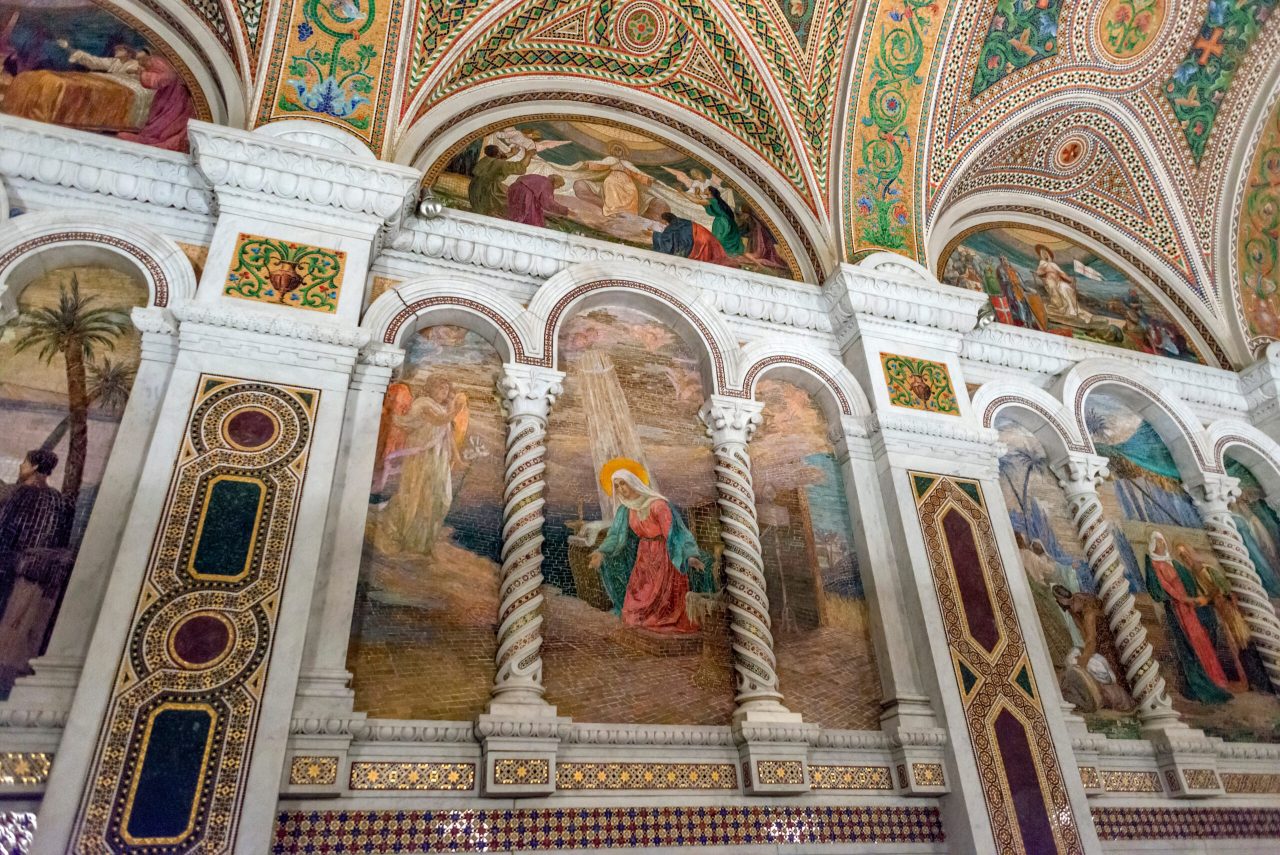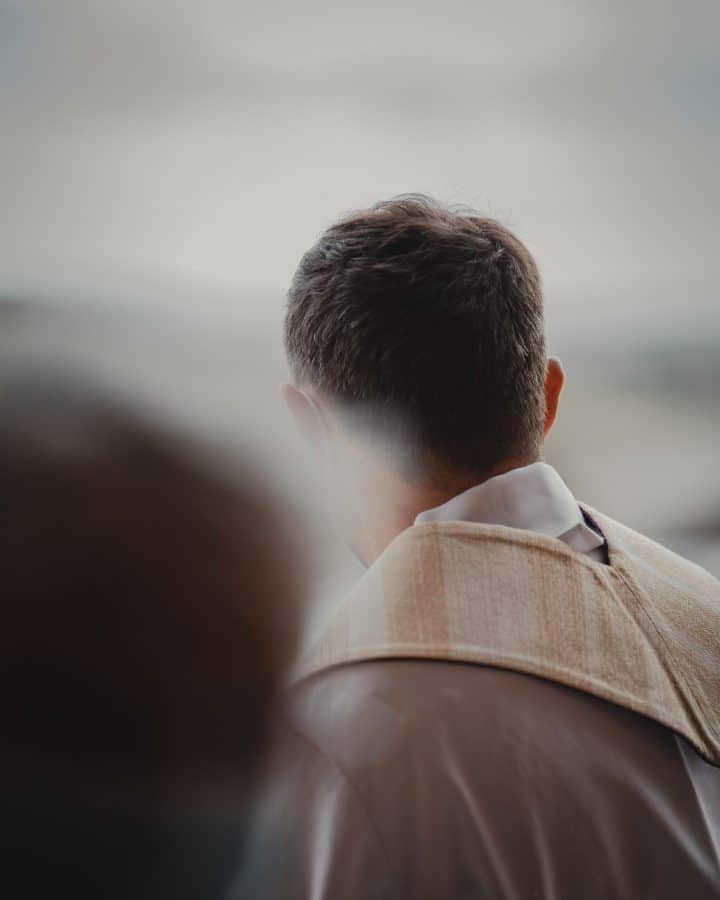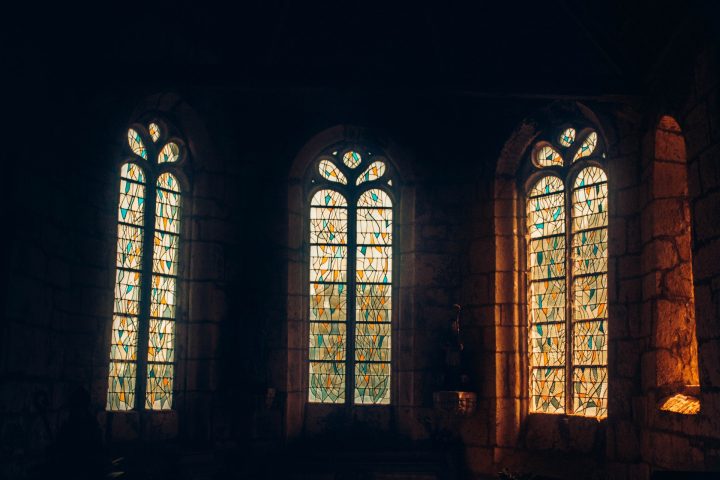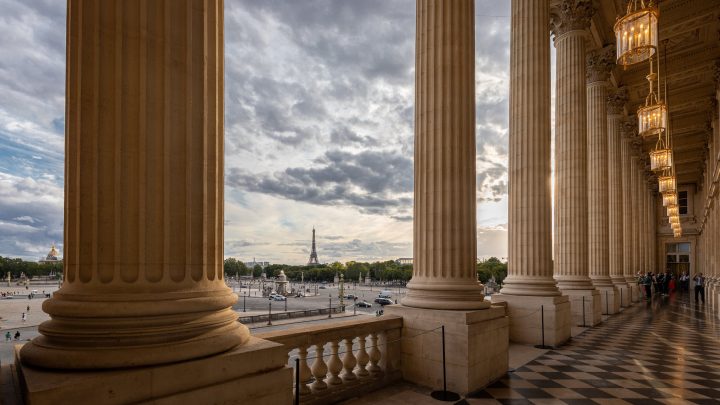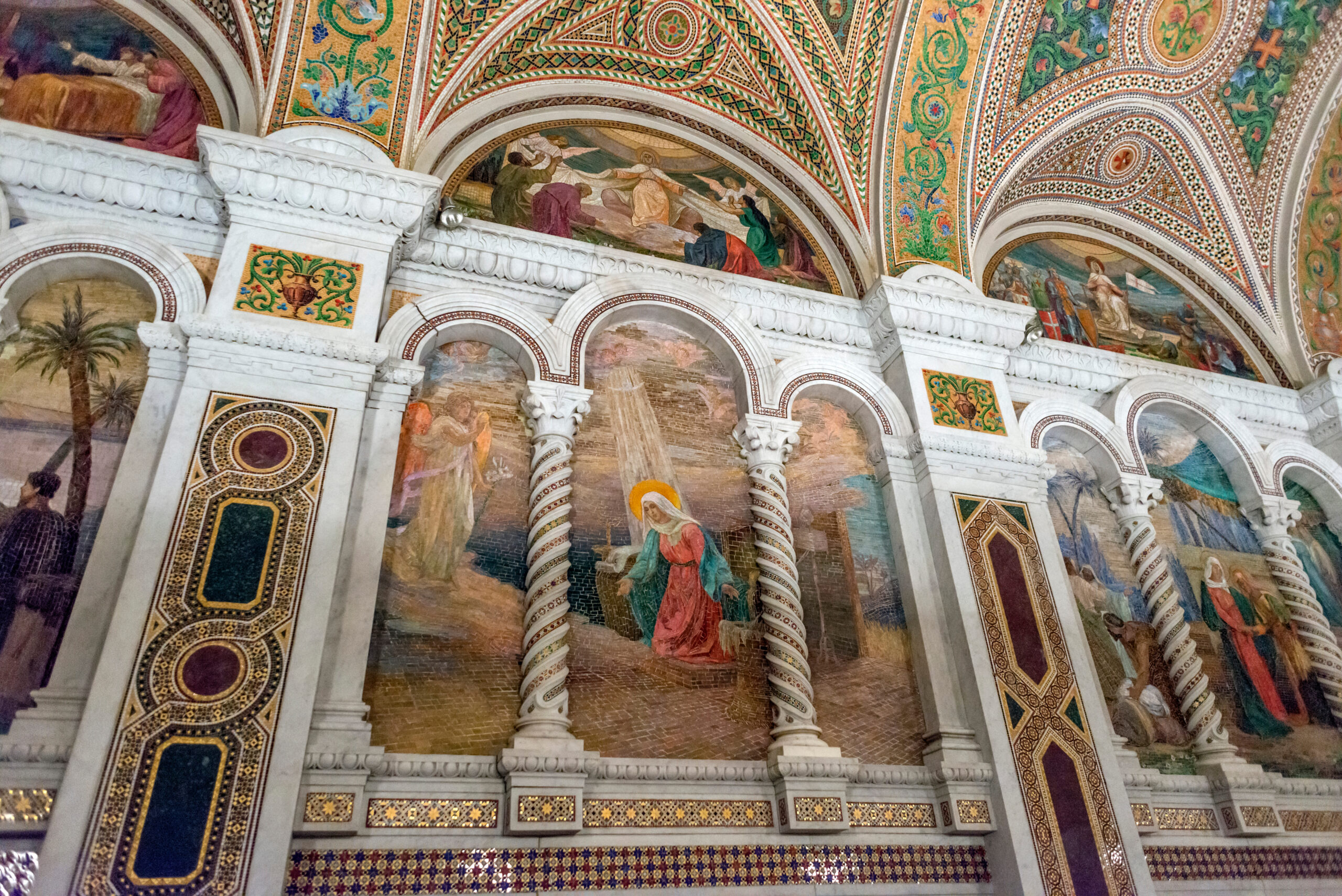
St. Louis, Missouri, is a city founded on Catholic culture. It is named in memory of King Louis IX of France, the great servant king of the Middle Ages. Missionaries of various religious orders and communities were prominent in the town from its earliest days. As the city grew, it benefited from the rich heritage brought by immigrants from all around Europe. In the twentieth century, it hosted the 1904 World’s Fair, which commemorated the centennial of the launch of the Lewis and Clark Expedition, and the 1908 Olympic Games, the first on American soil. It is home to at least a few iconic cultural images that Americans can identify at first glance. For all of these reasons and more, this city makes a wonderful domestic pilgrimage destination, specifically allowing pilgrims to deepen their devotion to Jesus Christ and His Church.
Every great pilgrimage begins with and is culminated by the Eucharist, the Source and Summit of our Catholic faith. St. Louis is home to two minor basilicas, both named, like the city, for the saintly medieval king of France. Built in the 1760s, “the Old Cathedral,” which was the first cathedral west of the Mississippi River, is situated inside Gateway Arch National Park. Having undergone an extensive renovation within the last decade, it makes a great stop for a bit of inspiration before visiting the Gateway Arch and taking the obligatory picture(s) while in town.
The second, newer Cathedral Basilica of St. Louis stands just a few minutes west of the river. This stately and triumphal piece of architecture is the among the five largest cathedrals in the United States, with a Romanesque exterior and a magnificent Byzantine-style interior in a magnificent Byzantine style. A worshiper (or even a tourist) might be astonished to learn that there is not a single stroke of paint on the inside walls, and that it contains the largest collection of mosaic art in the western hemisphere. From the moment a pilgrim enters the narthex, his or her eyes are drawn upward by a series of mosaics about the life of St. Louis IX of France. The rest of the 41 million pieces of mosaic glass depict significant biblical events, angels, and the history of the Church in the region.
The most recent addition to this cathedral is the shrine to the Sacred Heart of Jesus, which occupies one of the basilica’s transepts, and which was dedicated by Cardinal Raymond Burke in 2007. Containing a mosaic image of the Sacred Heart of Jesus, this shrine serves to remind pilgrims of the source of the Church’s proclamation and mission; and it serves to remind pilgrims of the call to make sacrificial offerings, engaging in the works of mercy.
After a visit to the cathedral, a pilgrim should make time to visit two museums, both of which offer myriad opportunities to consider how our Catholic faith encounters and engages with the secular world. First, the Missouri History Museum houses several exhibits that identify the contributions made to local and national culture by explorers and settlers, industry and corporations, sports teams, authors and musicians, religious groups, and even the city’s architecture. Catholics, particularly, will be happy to realize that T.S. Eliot, one of the great poets of the English language, was born in St. Louis at the end of the nineteenth century. A well-known quote from one of his poems serves as a unifying theme for the whole museum: “And the end of all our exploring/Will be to arrive where we started/And to know the place for the first time.”
One of the greatest highlights of this museum is the well-known painting of Dred Scott by Louis Schultze from 1888. Dred Scott was the plaintiff in the 1852-legal case that left the most notorious stain on American constitutional history. In Dred Scott v. Sanford, Chief Justice Roger Taney ruled that black persons were not then, nor could they ever be, citizens of the United States. The presence of this painting reminds viewers that dehumanization by slavery and long-lasting racial tension have been part of our past; and it reminds us of the ideals we espouse and must work diligently to keep in every era.
The other great museum opportunity, perhaps even greater because of its connection with spiritual themes, is nearby. The St. Louis Art Museum is a hidden treasure among American art museums. Built for the World’s Fair of 1904, this museum houses a many memorable paintings that will draw the attention of pilgrims interested in a wide variety of artistic styles. The collections include works from Pablo Picasso, Adolphe-William Bouguereau, Benjamin West, and Henry Ossawa Tanner. George Caleb Bingham’s trilogy of paintings on American democracy from the early-1850s is also prominently displayed. And, the museum holds the world’s largest collection of paintings by Max Beckmann, a prominent German artist who was persecuted by the Nazis in the 1930s. Among the most memorable of his works on display are Sinking of the Titanic, from 1912, and Christ and the Sinner, from 1917.
Still, for Catholics, the highlight of the museum is probably The Annunciation by Paolo de Matteis. Completed in 1712, Matteis’s rendition offers a few unique and memorable details of this important biblical event. First, a viewer notices the lily that the archangel Gabriel holds out to Mary. Lilies have traditionally been associated with purity, humility, innocence, and devotion. Each of these qualities is certainly borne by the Virgin Mother, yet it is also possible to understand that the Messiah, Himself, is the embodiment of those qualities. Thus, Gabriel is symbolically holding out the Person of Jesus Christ to Mary. Next, we notice that Mary kneels in prayer, with a book in front of her. This is probably meant to portray a book of Psalms, with which Mary would have been imminently familiar. In fact, it was her familiarity with those songs of Temple worship that would be her inspiration for her own canticle of worship for the New Covenant in her womb (see Mary’s Magnificat, Lk. 1:46-55). Finally, in front of her kneeler and psalter is a basket containing a cloth and scissors. This is indicative of the work that Mary would have likely been doing between her prayer sessions, the work of a Temple seamstress. A pilgrim might be tempted to genuflect before such a masterpiece, which offers a rich opportunity for prayer and meditation.
After visiting one or both museums, a pilgrim might need some leisure time to ponder what she has just taken in. Forest Park, designed and built as part of the 1904 World’s Fair, makes a perfect setting for just that. On a day absent the notorious midwestern humidity, grabbing a seat under one of many gazebos offers a chance for rest, conversation, or even a scenic picnic. Each of these, in its own way, provides a chance to connect with fellow travelers and with the Lord.
A final necessary site for pilgrims is just a short drive to the northwest. Florissant, now a suburb of St. Louis, was originally an outpost for farming and fur trading. In 1819, two years before Missouri became a state in the union, St. Rose-Philippine Duchesne, a religious sister from France, arrived there at the bishop’s request to help provided education to native populations. Thus, the St. Ferdinand convent and school was established at the site. The shrine is also the place where Fr. Pierre-Jean de Smet was ordained to the priesthood before he took up his vocation as “Apostle to the Rocky Mountains.” The history of this shrine should remind pilgrim visitors that each and every one of us is called to a life of missionary service, even if that means setting out into unknown regions and cultures.
After a couple of days of taking in these memorable and significant sites, it would be ideal to round out the pilgrimage by visiting any one of several neighborhood districts that were originally populated by immigrant communities. Whether German or Irish or Italian, each of these districts offers a genuine taste of the cultures that brought their own unique flavors to the American melting pot, specifically with food. This incredible diversity that is so apparent also reminds us of the One Foundation from which all of this happened, the One Church of Jesus Christ that has been called to “Go…make disciples of all nations” (Mt. 28:19).
Here’s to hoping that another generation will be inspired to go, likewise!
Photo: St Louis, Missouri, USA, Cathedral Basilica of St. Louis by Malachi Jacobs on Shutterstock

